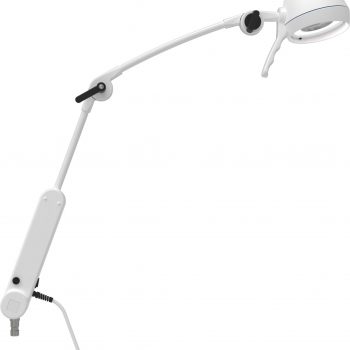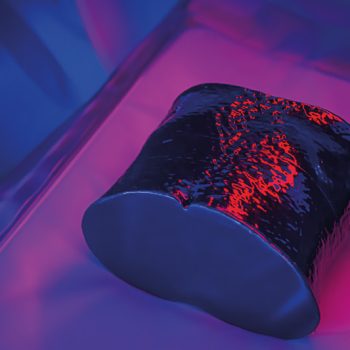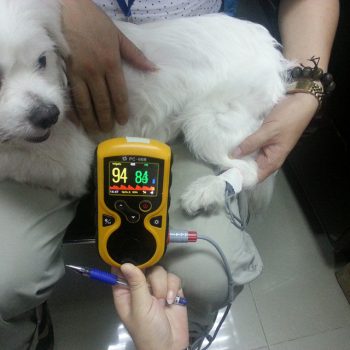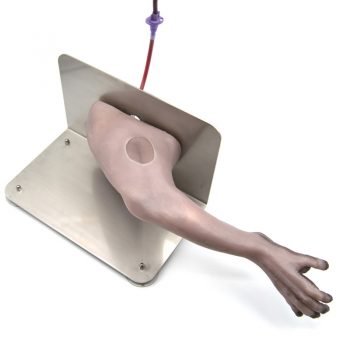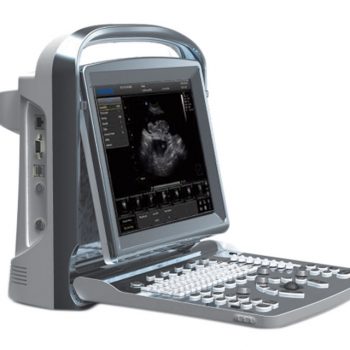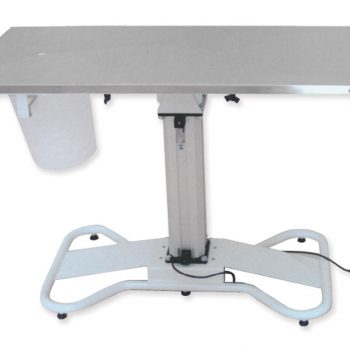In Stock
Dog head – superficial and deep dissections
€4,200.00 Original price was: €4,200.00.€3,790.00Current price is: €3,790.00.
Product information “Dog head – superficial and deep dissections”
Superficial anatomical structures:
Tip of the nose (Apez nasi)
Right and left wings of the nose (Alae nasi)
Nonglandular skin on the tip of the nose (Planun nasale)
Superficial disscetion on the left side:
On the left side, the skin has been removed to identify the main anatomical structures,
which are described grouped below.
Muscles of the facial neuromuscular system:
M. nasolabial levator (M. levator nasolabialis)
M. canine (M. caninus)
M. buccinator (M. buccinator)
M. Zygoma9c (M. zygoma:cus)
M. parodidoauricularis
Muscles of the mandibular neuromuscular system (mas9cators):
M. masseter (M. masseter)
M. Temporary (M.temporalis)
Nerves:
Facial nerve: (N . facialis)
Dorsal buccal Branch (Rami buccales)
Ventral buccal Branch (Rami buccales)
Bucolabial branches (Rami buccolabiales)
N. Auriculopalpebral (N. Auriculopalpebralis)
Vascular:
Facial artery (Arteria facialis)
External jugular vein: (V. Jugularis externa)
o Maxillary vein (V. Maxillaris)
o Linguofacial vein (V. Linguofacialis)
Salivary glands:
Parotid gland and paro9d duct (Glandula parotis) (Ductus parotideus)
Mandibular gland Glandula mandibularis
Lymph nodes:
N. L. mandibular (Lymphonodi mandubulares)
Deep dissection on the right side:
On this right side mandible has been removed to see deeper anatomical structures. You can see the surfaces of the temporal bone for the temporomandibular joint (Articulatio Temporomandibularis). The medial pterygoid muscle (M. pterygoideus medialis) is identified and sectioned in its insertion area to the ramus of the mandible (Ramus mandibulae). Next to this muscle, the branches of the mandibular nerve (N. mandibularis) are identified, as well as the maxillary nerve (nevus maxillaris) and the maxillary artery (arteria maxillaris). Near the external acoustic meatus (Meatus acusticus externus), the facial nerve (N . facialis) has been maintained, with one of its branches,
the auriculopalpebral nerve (N. Auriculopalpebralis), running parallel to the zy

